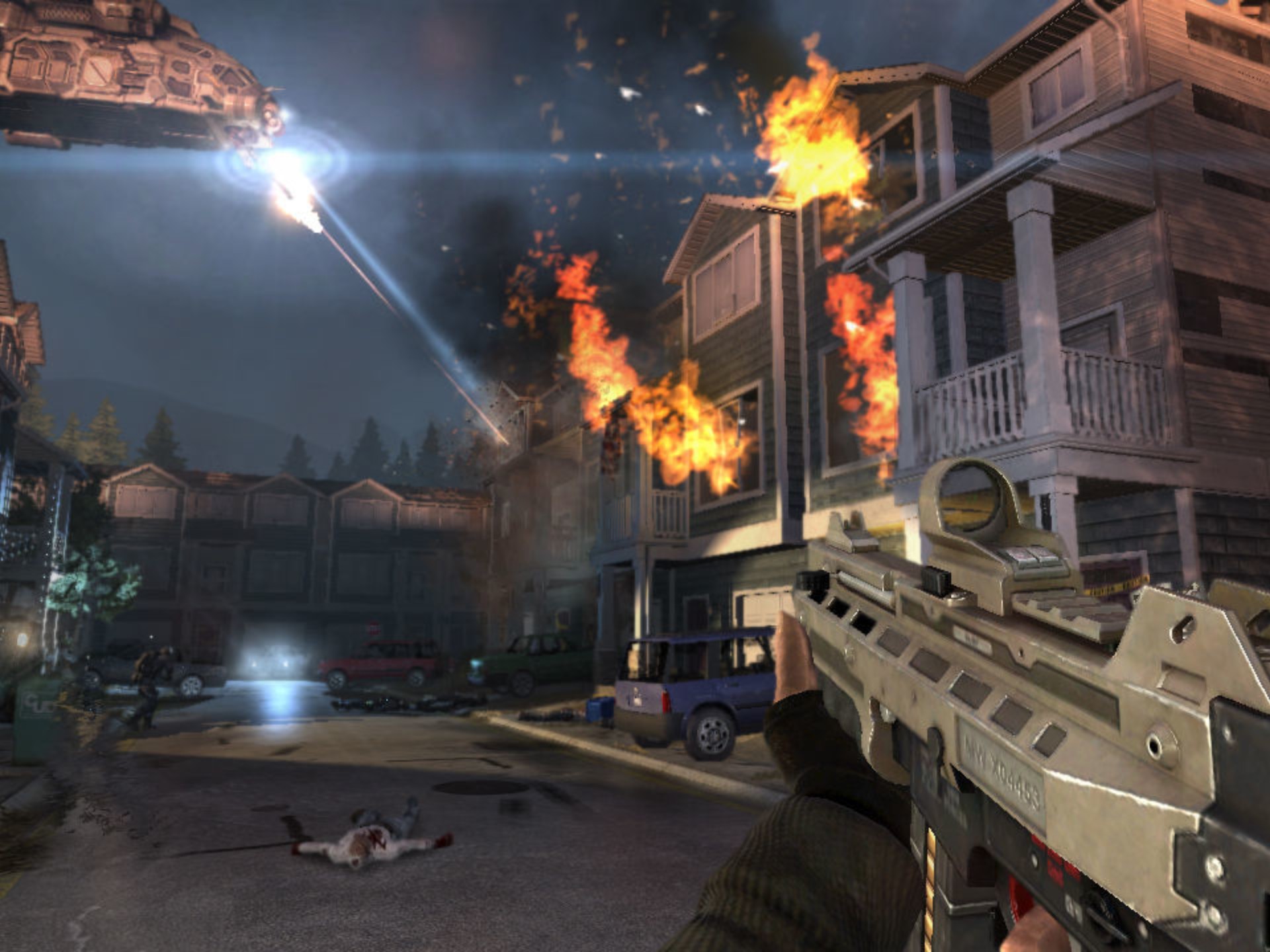Title: Behind the Virtual Velvet Rope: How the 'Staff Only Sign Installer Simulator VR' Place Missions Update Redefines Immersive Realism
The world of VR simulation games is vast and wonderfully peculiar, offering experiences ranging from the epic to the mundane. Among these, the cult hit Staff Only Sign Installer Simulator VR carved out a unique niche, captivating players with its oddly satisfying, hyper-specific premise. The game’s genius lies in its commitment to turning a seemingly trivial task into a complex, physics-driven puzzle of compliance and aesthetics. Now, with its latest ‘Place Missions’ update, the game doesn’t just add new content; it fundamentally evolves its core philosophy, pushing the boundaries of immersive realism and narrative world-building.
For the uninitiated, the core gameplay of SOSIS VR involves precisely installing “Staff Only” and other restricted access signs in various public venues. Players must assess door types (wood, metal, glass), select the correct tools (drill, screwdriver, adhesive pads), and execute the installation with minimal damage and maximum adherence to vague, often contradictory, client specifications. It’s a game about reading between the lines of a work order, where the real antagonist is a poorly placed electrical wire or a fussy hotel manager.
The Place Missions update is a monumental shift from the previous job-based structure. Instead of receiving a list of disconnected tasks, players are now deployed to a single, large-scale location for an entire in-game day. Each “Place” is a hand-crafted, fully realized environment with its own history, architectural quirks, and a demanding cast of non-playable characters (NPCs) who actually interact with the world and, crucially, with you.
The Architecture of Authenticity
The first major innovation is environmental storytelling. One new mission places you inside “The Grand Lorien Hotel,” a sprawling, art-deco establishment clinging to a faded glamour. Your work order isn’t just a list of doors; it’s a narrative. The hotel’s exasperated manager, a man named Robert whose tie is perpetually loosened, explains that a recent incident involving a confused guest and the executive chef’s pantry has necessitated a top-down signage overhaul before a major corporate event that evening.
As you navigate the back corridors, bustling kitchens, and plush guest hallways, you overhear snippets of conversation from staff: a bartender complaining about a lack of limes, housekeepers discussing a difficult guest in Room 307, the executive chef angrily shouting about his missing sauce. The environment is no longer a static backdrop; it’s a living ecosystem. You’re not just installing signs; you’re solving a problem for a community of digital people. Do you use noisy power tools near the conference room where a tense meeting is underway, risking a complaint from Robert? Or do you opt for slower, quieter adhesive strips, potentially compromising the long-term durability the chef demands for his pantry door? These are new, narrative-driven dilemmas.

The Social Layer of Simulation
This introduces the second pillar of the update: social awareness. NPCs in the Place Missions have routines and agendas. Installing a “Cleaners Only - Do Not Enter” sign on a supply closet is a mechanical task. Doing it while two virtual cleaners are actively trying to get in and out, grumbling about you blocking their way, adds a layer of profound immersion and comedic tension. Their pathfinding algorithms are designed to be disrupted by you, the player. They will wait, sigh, sometimes even make a sarcastic comment if you take too long. Your actions have tangible, albeit small, social consequences. Getting a sign perfectly level feels good; installing it without holding up the entire morning rush of hotel staff feels like a genuine achievement.
The Puzzle of Precision and Protocol
Finally, the update deepens the puzzle mechanics. The Grand Lorien mission, for instance, features a mix of historic wooden doors and modern glass partitions. The work order explicitly states “preserve aesthetic integrity.” Drilling into the century-old oak door of the manager’s office is a catastrophic failure. This forces players to seek alternative solutions, perhaps finding a vintage-style sign with ornate brackets that can be mounted on the adjacent wall, pointing toward the door. Another mission at a high-tech research lab requires signs made of specific non-magnetic alloys to avoid interfering with sensitive equipment, adding a material selection challenge to the spatial puzzle.
The Place Missions update successfully transforms Staff Only Sign Installer Simulator VR from a clever gag into a deeply contemplative and immersive sim. It understands that a job is never just about the task itself; it’s about the environment you do it in and the people you do it for. By weaving together meticulous physics-based gameplay with rich environmental storytelling and socially aware NPCs, the update delivers an unparalleled sense of presence. You no longer feel like a player completing objectives; you feel like a tradesperson navigating the delicate, often absurd, complexities of a real working world. It’s a masterclass in finding profound depth in the profoundly mundane, proving that even behind the most restrictive of velvet ropes, there’s a world of stories waiting to be discovered.
Tags:


















